- Home
- About Us
- Products
-
Heat-Pump Dehumidifier DeAir
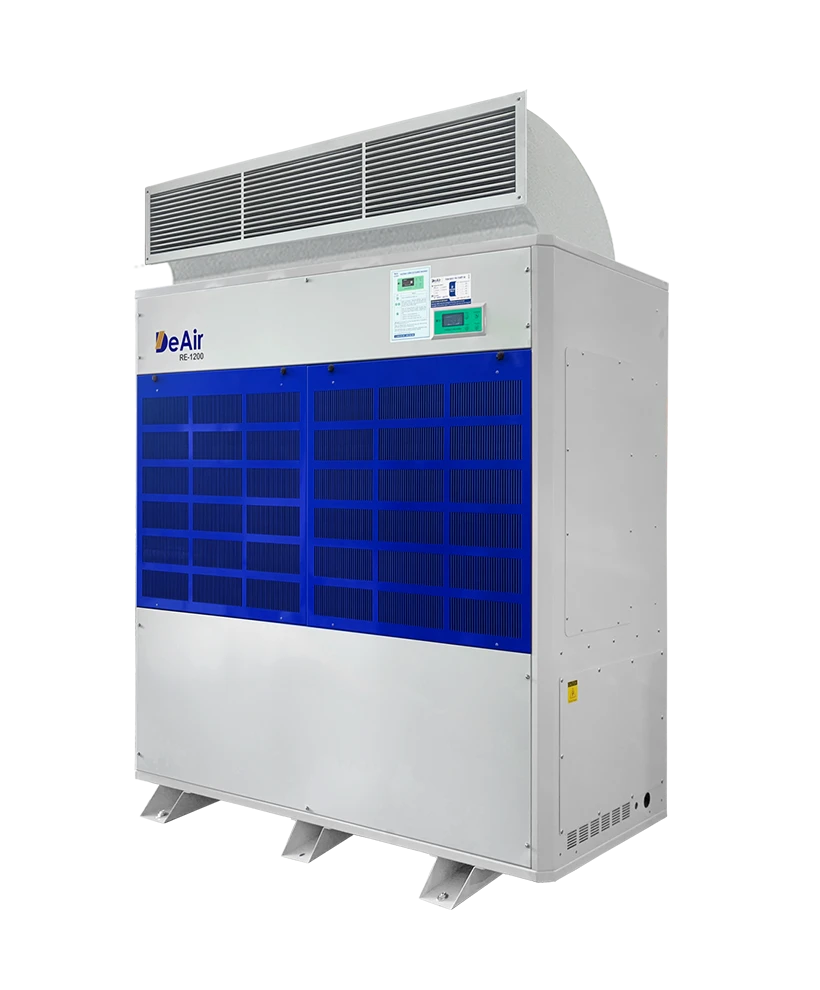 DeAir.RE
DeAir.RE -
Heat-Pump Dryer DeAir.RE-H
 DeAir.RE-H
DeAir.RE-H -
Heat-Pump Stainless Steel Dehumidifier
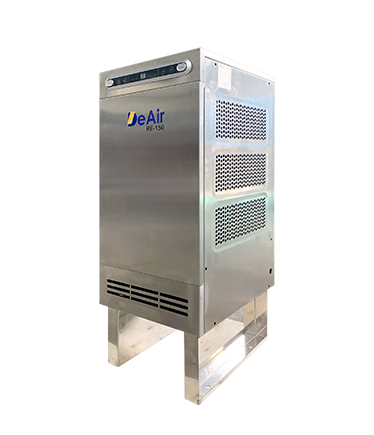 DeAir.RE-INOX
DeAir.RE-INOX -
Heat-Pump Isothermal Dehumidifier DeAir.CRE
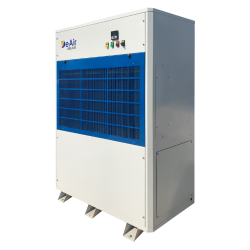 DeAir.CRE
DeAir.CRE -
Dezenno Dehumidifier
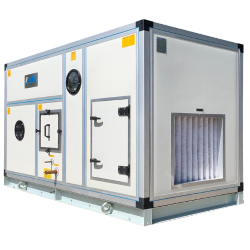 Dezenno
Dezenno -
Heat-Pump Ceiling Mounted Dehumidifier DeAir
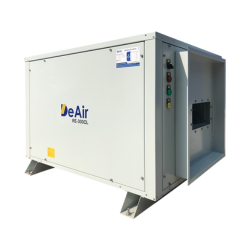 DeAir.RE-CL
DeAir.RE-CL -
Dehumidifier Olmas
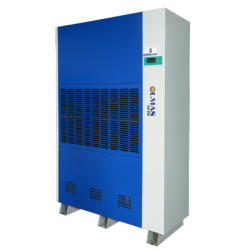 Olmas-OS
Olmas-OS -
Industrial Humidifier DeAir
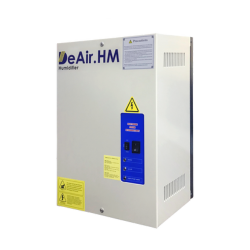 DeAir.HM
DeAir.HM -
Heat-Pump Dryer Daxwell
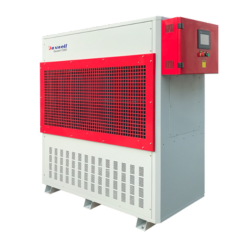 Daxwell
Daxwell -
Electric Duct Heater DeAir
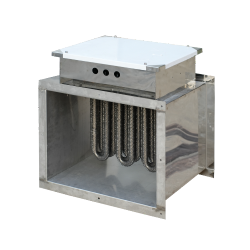 DeAir.Heat
DeAir.Heat -
Air Handling Unit Dezenno.MAX
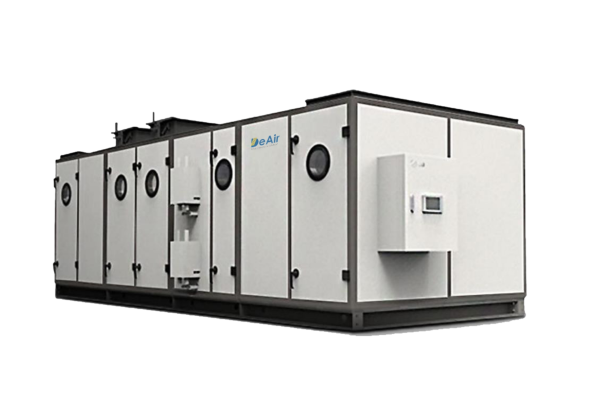 AHU
AHU
-
- Services
- Projects
- Warranty – Maintenance
- News
- Contact
How to Choose a Humidifier (A-Z): Ultrasonic, Evaporative, or Electrode?
13/06/2024
When people think of Vietnam's climate, they often think of high humidity. But did you know that in many professional manufacturing and storage environments, overly dry air is a major problem, causing static electricity, product cracking, and affecting entire processes? In such cases, a humidifier is no longer an option—it's a necessity.
However, the market offers many types of humidifiers with different technologies. Choosing the wrong one is not only a waste of money but also fails to solve the problem. As an expert, DeAir will guide you on how to distinguish between them and select the most suitable humidifier.
When Do You Need a Humidifier? Common Applications
Low humidity is more harmful than you think in many fields:
- Printing & Packaging Industry: Dry air causes paper to shrink and become brittle, leading to paper jams and color inaccuracies during printing. Ideal humidity helps stabilize paper dimensions.
- Textile Industry: Low humidity increases static electricity, causing threads to break, attract dust, and reduce product quality.
- Cleanrooms & Laboratories: Humidity control is crucial to prevent electrostatic discharge (ESD) from destroying electronic components and to maintain a stable environment for experiments.
- Cold Storage for Produce: Humidification helps keep fruits and vegetables fresh longer by preventing water loss and wilting.
- Other Industries: Mushroom cultivation, cigar preservation, wood showrooms, etc.
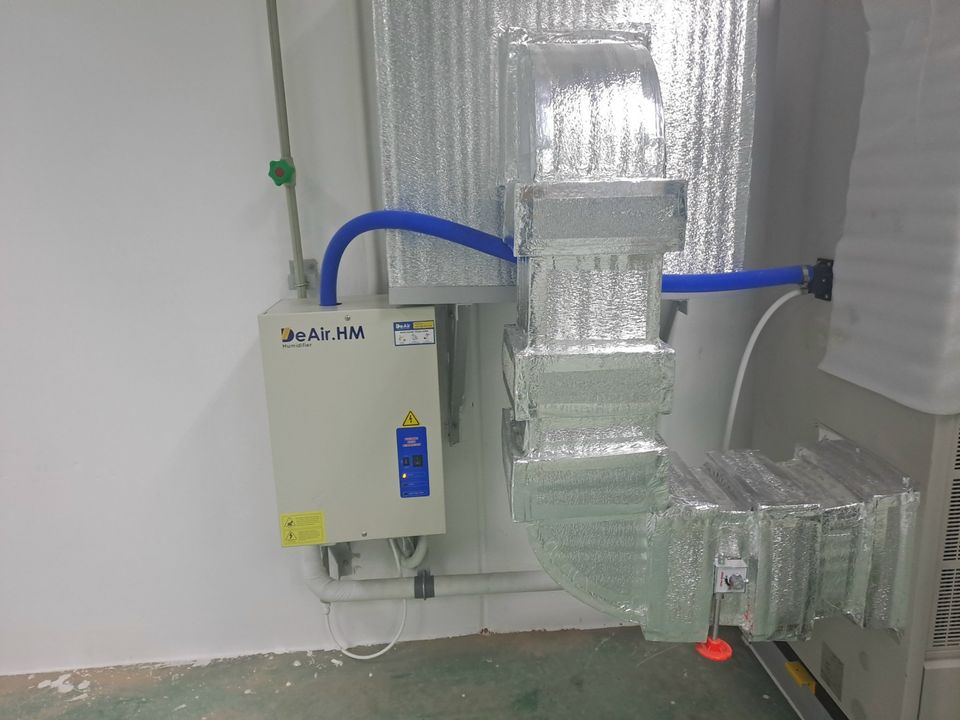
Differentiating Common Humidification Technologies
To choose correctly, you first need to understand the three main humidification technologies:
1. Ultrasonic Humidifiers
These use high-frequency ultrasonic waves to break down water molecules, creating a cool, fine mist that is blown into the environment by a fan.
- Pros: Energy-efficient, quiet operation, quick humidification.
- Cons: The mist can carry minerals and bacteria from the water source, causing white dust and making it unsuitable for environments with high hygiene requirements.
2. Evaporative Humidifiers
These use a fan to blow dry air through a continuously moistened wick filter. The water then evaporates naturally into the air.
- Pros: Does not produce white dust, self-regulating (the more humid the air, the lower the evaporation rate).
- Cons: Requires regular filter replacement, capacity is often not very high.
3. Electrode Humidifiers - The Professional Solution
This is the technology used in the DeAir.HM industrial humidifier series. The machine passes an electric current through electrodes placed in a water tank, boiling the water to create pure, sterile steam.
- Pros: Provides clean, 100% sterile steam, ideal for cleanrooms, labs, and hospitals. Fast humidification, high capacity, and precise control.
- Cons: Higher energy consumption compared to other technologies.
DeAir.HM - The Professional Electrode Humidifier Solution for Businesses
The DeAir.HM humidifier series is designed to solve industrial-scale humidification challenges with superior performance and durability.
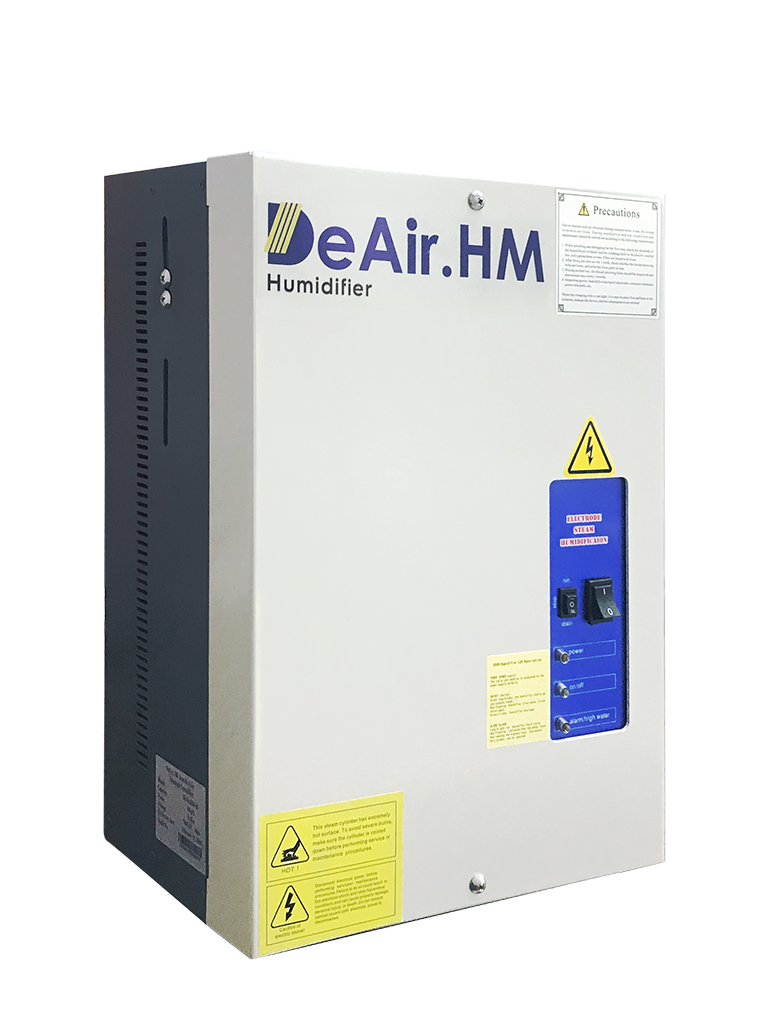
- Smart Technology: A microprocessor automatically controls the steam generation process, ensuring the output humidity precisely matches the setpoint.
- Optimized Design: Uses a large mineral-sludge drain pump, which extends the life of the electrodes by 2-3 times compared to standard designs.
- Diverse Capacity Range: DeAir offers a full range of models with humidification capacities from 4 kg/h to 130 kg/h, meeting the needs of any factory scale.
- Guaranteed Quality: As a product made by DeAir in Vietnam, it strictly adheres to the ISO 9001:2015 quality standard.
Conclusion
Choosing the right technology and capacity for your humidifier is the key to thoroughly solving the problem of dry air in production. Instead of guessing, let the experts at DeAir help you.
Contact us today for a survey and a consultation on a humidification solution "tailor-made" for your needs.
CONTACT US FOR TECHNICAL CONSULTATION AND A QUOTE
DEAIR JOINT STOCK COMPANY
Email: operation@deair.com.vn
Hotline: +84 925 977 579 (Ms. Tam)
Website: deair.com.vn/en
Sign up for news from DeAir
Related news






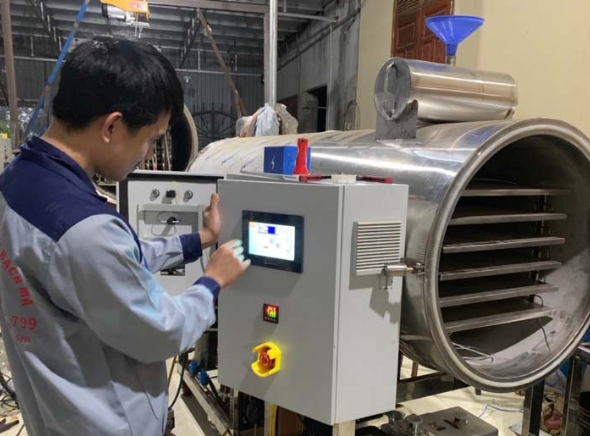



![[Case Study] DeAir Installs DeAir.De Rotor Humidity Control System for Pharmaceutical Plant in Binh Duong [Case Study] DeAir Installs DeAir.De Rotor Humidity Control System for Pharmaceutical Plant in Binh Duong](https://deair.com.vn/thumbs/news/2023_04/ban_giao_may_cho_duoc_bd/[270x153-cr]image1-1024x772.jpg__cv.webp)

![[Review & Guide] Olmas OS-300: The New Humidity Control "Warrior" for Medium to Large Warehouses [Review & Guide] Olmas OS-300: The New Humidity Control "Warrior" for Medium to Large Warehouses](https://deair.com.vn/thumbs/news/huong_dan_su_dung_may_olmas_21/[270x153-cr]vtm06440.png)